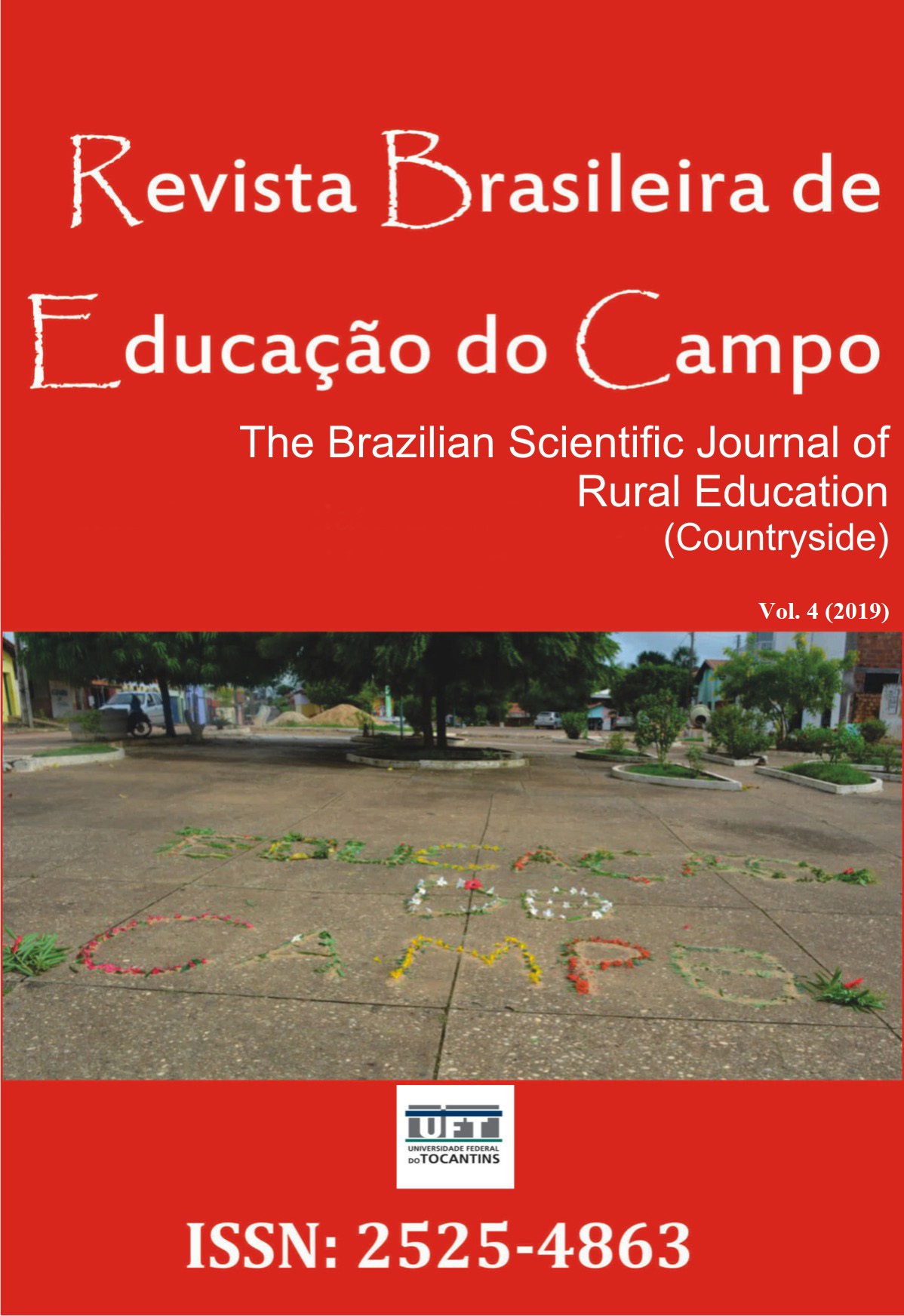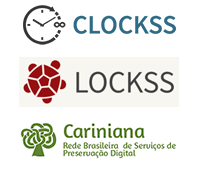A look at teaching in multi-years classrooms
DOI:
https://doi.org/10.20873/uft.rbec.v4e5242Abstract
ABSTRACT. When we approach the multi-years classrooms, we need relate them to the rural location, since this is the place in which there is the school organization practice under this structure and functioning, that is, showing in the same classroom, students of different age groups and cognitive levels. Although it is presented in others scenes, however, it is in the field that the identity of the multi-years classrooms is constituted, being its presence alive in the Brazilian educational scene. This article, however, aims at reflecting about this issue, using as methodological procedure the bibliographical research. Therefore, in order to allow a theoretical review about the theme, we will seek contributions in authors, such as Arroyo and Fernandes (1999), Tardif (2002), Santos and Moura (2010), Azevedo and Queiroz (2010), among others, who discuss the thematic at issue. In short, this work has showed us the need to deepen the reflection about the teaching at schools with multi-years classrooms and teaching knowledge that permeates pedagogical practice of teachers who teach this modality of teaching.
Downloads
Published
How to Cite
Issue
Section
License
Proposal for Copyright Notice Creative Commons
1. Policy Proposal to Open Access Journals
Authors who publish with this journal agree to the following terms:
A. Authors retain copyright and grant the journal right of first publication with the work simultaneously licensed under the Creative Commons Attribution License that allows sharing the work with recognition of its initial publication in this journal.
B. Authors are able to take on additional contracts separately, non-exclusive distribution of the version of the paper published in this journal (ex .: publish in institutional repository or as a book), with an acknowledgment of its initial publication in this journal.
C. Authors are permitted and encouraged to post their work online (eg .: in institutional repositories or on their website) at any point before or during the editorial process, as it can lead to productive exchanges, as well as increase the impact and the citation of published work (See the Effect of Open Access).















